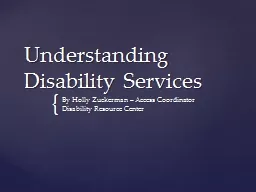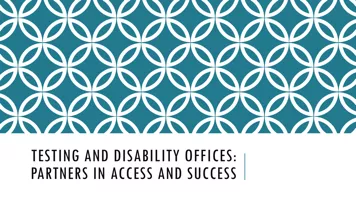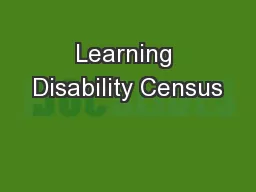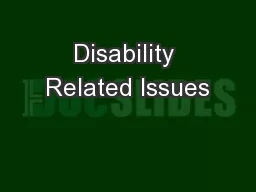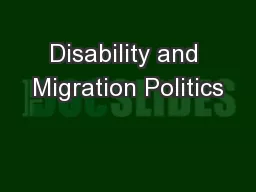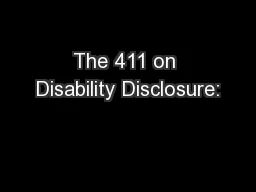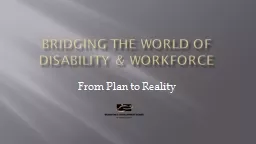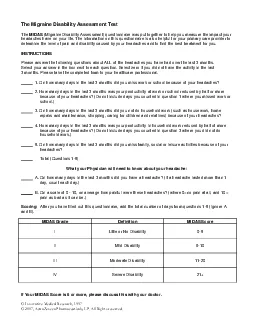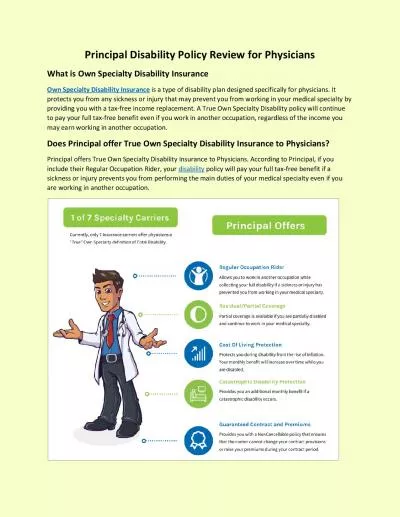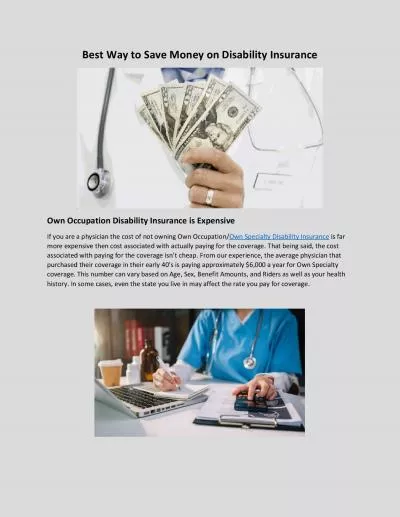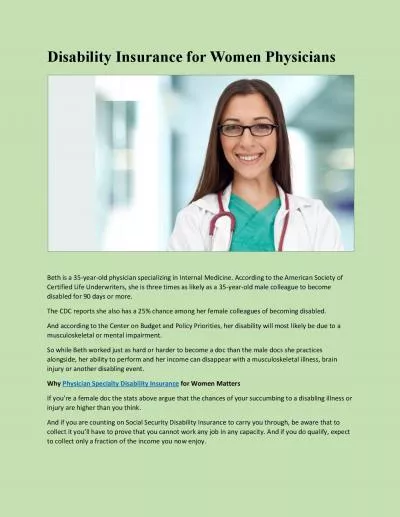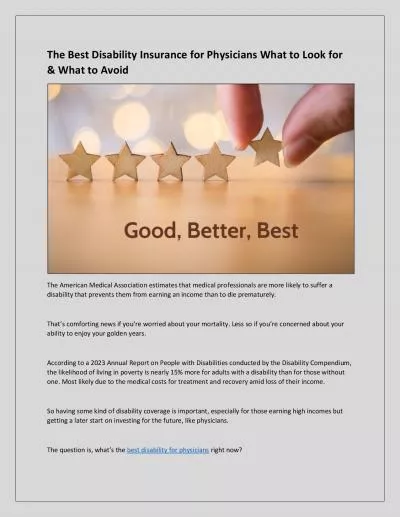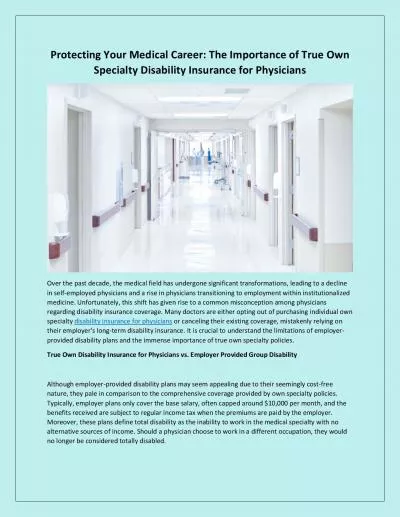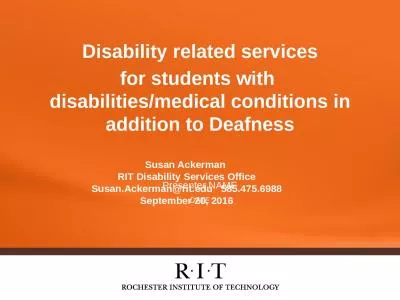PPT-Understanding Disability Services
Author : lindy-dunigan | Published Date : 2018-11-16
By Holly Zuckerman Access Coordinator Disability Resource Center The Foundation Americans With Disabilities Act ADA 1990 Civil rights law that Prohibits discrimination
Presentation Embed Code
Download Presentation
Download Presentation The PPT/PDF document "Understanding Disability Services" is the property of its rightful owner. Permission is granted to download and print the materials on this website for personal, non-commercial use only, and to display it on your personal computer provided you do not modify the materials and that you retain all copyright notices contained in the materials. By downloading content from our website, you accept the terms of this agreement.
Understanding Disability Services: Transcript
Download Rules Of Document
"Understanding Disability Services"The content belongs to its owner. You may download and print it for personal use, without modification, and keep all copyright notices. By downloading, you agree to these terms.
Related Documents

